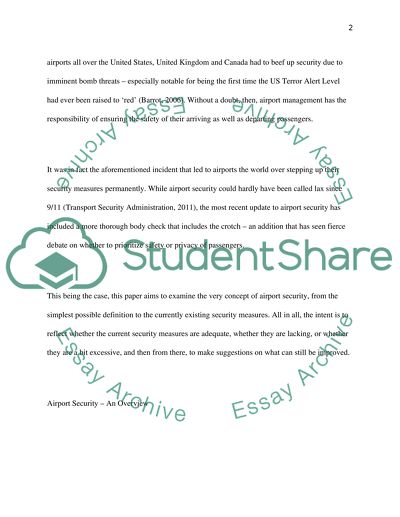Cite this document
(“Aviation Security & its Impact on Airports Term Paper”, n.d.)
Retrieved from https://studentshare.org/environmental-studies/1410001-aviation-security-its-impact-on-airports
Retrieved from https://studentshare.org/environmental-studies/1410001-aviation-security-its-impact-on-airports
(Aviation Security & Its Impact on Airports Term Paper)
https://studentshare.org/environmental-studies/1410001-aviation-security-its-impact-on-airports.
https://studentshare.org/environmental-studies/1410001-aviation-security-its-impact-on-airports.
“Aviation Security & Its Impact on Airports Term Paper”, n.d. https://studentshare.org/environmental-studies/1410001-aviation-security-its-impact-on-airports.


